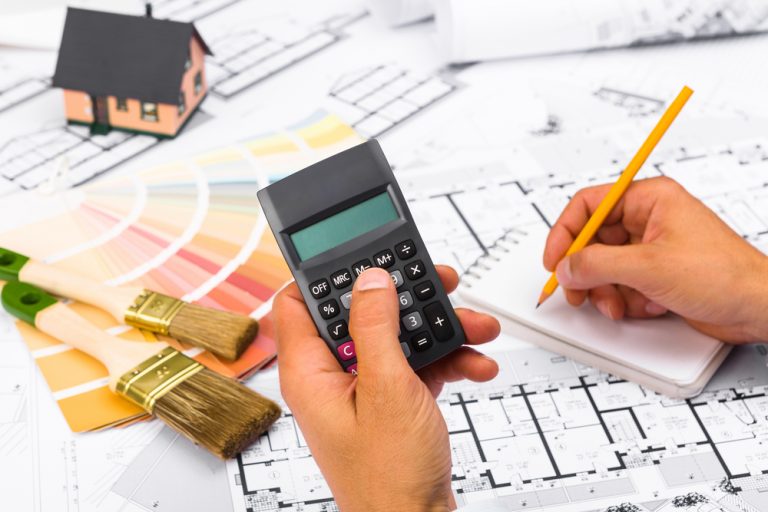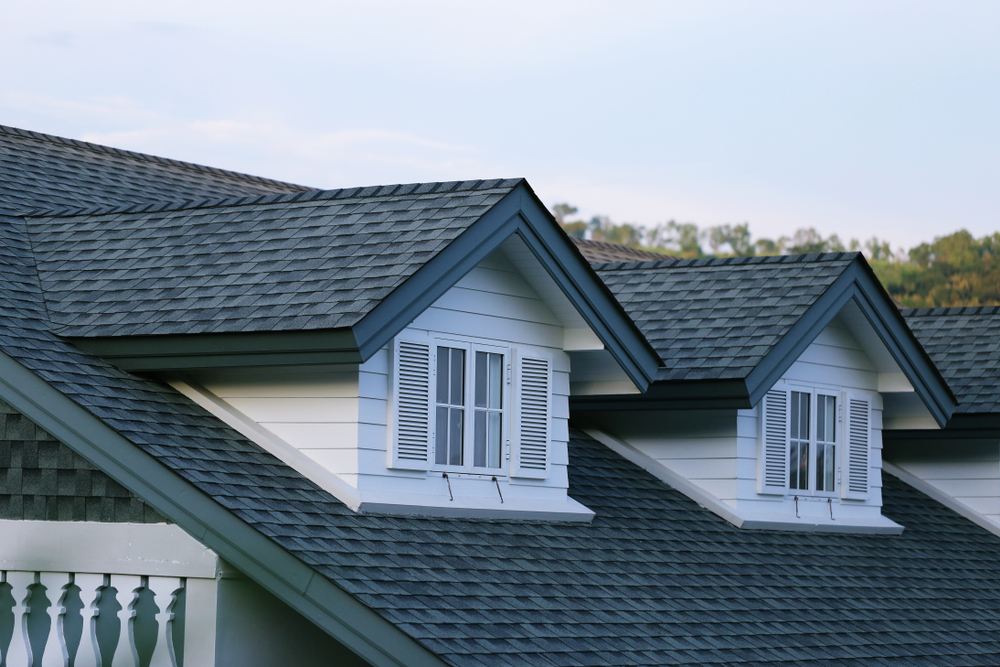5 Home Renovations That Can Save You Money
Posted on: 2021-02-15
When it comes to being a homeowner, sometimes spending money can save you a lot.
Especially when it comes to reducing energy costs in your home. While the cost of upgrades and renovations may seem steep, the money wasted on energy bills every month tends to outweigh them.
Every upgrade to your home is an investment, whether you are looking to cut down on your bills or increase your home’s values.
In order to save money in the long run, it’s important to make smart choices when it comes to carrying out renovations.
If you are looking to create a more energy-efficient home and cut down on your energy bill, here are five home renovations you can do to save you money:
1. Upgrade Your Doors and Windows
Having new windows and doors installed can cost a chunk of change but, overall, it’s an investment not only in the value of your home but its efficiency as well.
Doors and windows are the leading culprits when it comes to a home’s heat loss. Cracks can create drafts that will not only pull heat from your home but let cold air enter, causing your home’s heating system to work overtime.
While you may not be financially prepared to replace all of the windows and doors in your home, even installing energy-efficient windows one room at a time will make a difference in your heating bill.
Start with the rooms that the hottest in the summer and the coldest in the winter. Focus on the side of the house that receives the most sunlight or the coldest wind.
If you can’t replace all of the older windows in your home, consider sealing off or closing up rooms that you don’t use, such as spare rooms or storage areas. This will help cut down on your heating bill as well.
2. Swap Out Your Furnace for a Boiler
Most homes have a furnace system since they are generally less expensive than boilers to purchase and install.
However, even though boilers are more expensive up front, they offer hydronic radiant heat that is more efficient than forced-air systems.
Boilers work by heating up water and circulating it through copper tubing around the home. These tubes can be fed through baseboards, walls, ceilings or the floor.
It also allows you the option to adjust the heat levels for individual rooms with a programmable thermostat which translates into significant energy savings.
In addition to the savings, boiler systems are highly customizable. Boilers can be used as your home’s hot water heater as well as for installing heated floors.
3. Upgrade Your Roof
The best time to address your roof’s efficiency is during a roofing replacement project. However, you can make upgrades to your roof without replacing the entire thing.
You can improve the energy efficiency of your existing roof by upgrading your attic’s insulation and installing additional ventilation.
Proper attic ventilation offsets the stress that’s put on the insulation and facilitate proper airflow by allowing cooler air to come in through the intakes and warm air to escape through the exhaust vents.
If it is time to replace your roof, consider choosing energy-efficient shingles in solar-reflecting colors to help reduce heat transfer to your attic and the rest of the house.
You can also have a radiant barrier installed to reduce heat transfer. This is a special coating that helps to reflex the heat away from your attic.
4. Install Water-Saving Components in Your Bathroom
Creating an energy-efficient home is about more than preventing heat loss. Another aspect of lowering your electricity bill is by reducing the amount of electricity you use.
You may not consider your bathroom an energy-eater but, when you consider the power it takes to facilitate water-flow to your shower, toilet and sink, there’s a potential to save some money here.
Upgrading your bathroom with a low-flow toilet and water-saving shower is not only beneficial to the environment but will save money on your energy bill as well.
You can also install energy-efficient faucet aerators on all of your sinks to cut water usage. Low-flow aerators are designed to reduce the flow of water from the faucet without reducing pressure, saving you between 2 to 16 gallons of water per day.
Ultimately, even fixing leaky faucets can save you from wasting hot water and increasing your energy costs. A leak of one drip per second wastes around 1600 gallons of water.
5. Upgrade Your Kitchen Appliances
Your kitchen is also another energy-using hotspot in your home. Between your fridge, stove, dishwasher and other appliances, there is an opportunity to cut down costs by switching to energy-efficient models.
High-efficiency refrigerators can significantly reduce energy usage in your kitchen. These models often use modern refrigerants which have a lower environmental impact and require less energy to keep your food cold and fresh.
When it comes to dishwashers, look for energy-efficient and low water-flow models that feature advanced washing and drying and a versatile rack system. These are designed to save time and converse energy.
Lastly, there is a range of options when it comes to choosing energy-efficient cooking appliances. Induction cooktops, for example, are the most energy-efficient ways to cook whereas convection ovens and ranges can reduce cooking time by more evenly distributing heat.
Even microwave ovens can help you cut down on your energy bill, since they are designed for fast cooking. You can cut down as much as 80% of your energy use when it comes to cooking by using the microwave for smaller qualities of food.
Ready to Renovate?
If you’re ready to make some exciting and money-saving changes around your home, we’re ready to help!
With over 15 years of experience in a wide range of renovation services, Parabola Developments is dedicated to getting the work done right at a great price!
Get in touch with us today to learn more about how we can help you upgrade your home so you can keep more money in your pocket.




